Omnēque: the Vestiaire of vintage jewellery

Roula Khalaf, Editor of the FT, selects her favourite stories in this weekly newsletter.
An outsider to the jewellery business might suppose that the finest necklaces, earrings or bracelets that come onto the secondary market are always sold at the kind of dazzling auctions you see in films. But this is often not the case. The trading of rare fine jewellery is discreet, even secretive, and according to Joanna Hardy, a fine-jewellery specialist and gemologist, some of the power and worth of a piece of jewellery can be lost if it has been seen by too many eyes. There’s an industry word for it. “It’s considered burnt,” says Hardy. “People don’t want stuff that’s been all over the place, you know?”
Omnēque is a secondary jewellery marketplace that caters to a wide audience of treasure seekers. It deals in jewellery for the entry-point customer in the mood for some 1970s Saint Laurent costume earrings, and those wanting to invest in special pieces by big names like Cartier, Boucheron and Van Cleef & Arpels. It also attracts the elite buyer in search of jewels not known to be in circulation by the rest of the world.
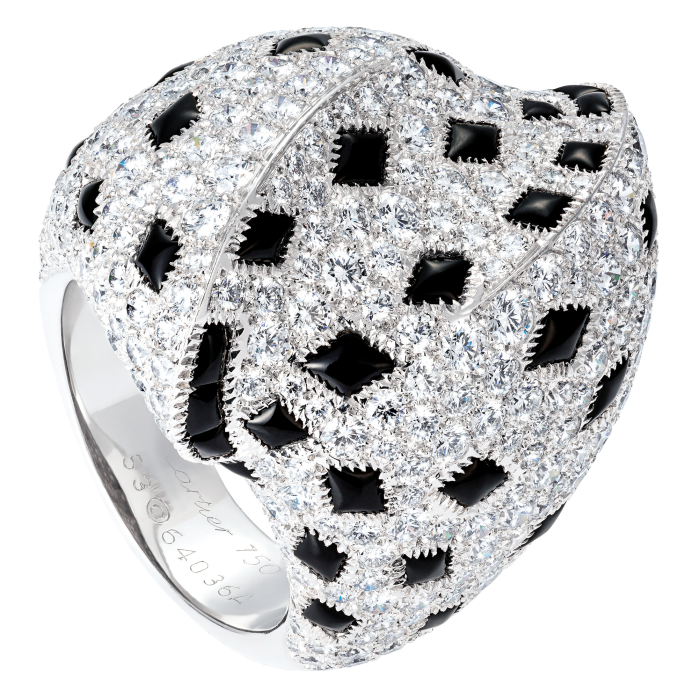
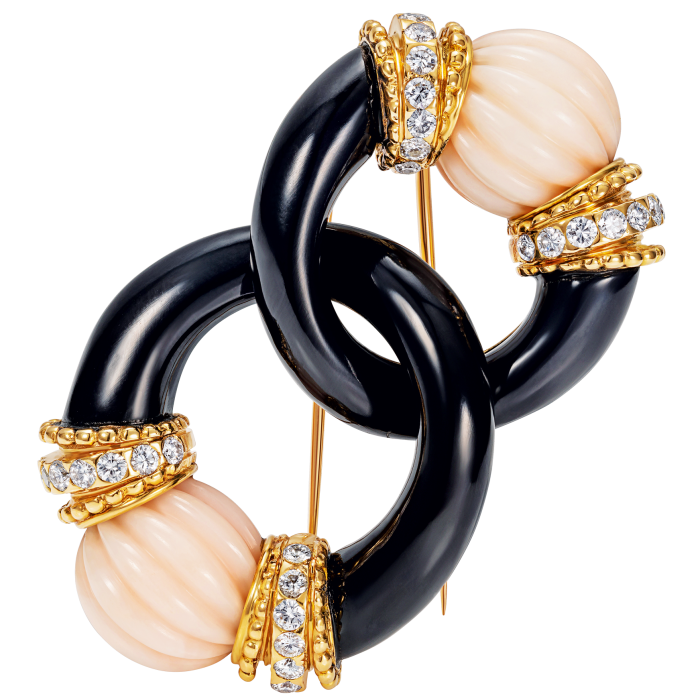
The website was launched by Amanda Zuydervelt, entrepreneur and founder of luxury concierge service Stylebible, at the end of last year. And her timing was spot-on. According to a Boston Consulting Group report from September 2020, the market for secondary “hard luxury items” (primarily watches and jewellery) is currently worth about $21bn and predicted to grow at eight per cent a year (compared with the projected 1.1 per cent growth of the primary market) through to 2023. The report suggests that second-hand luxury sales are growing for many reasons, “among them an increase in online sales, changing consumer preferences and rising concern about the sustainability of luxury goods, particularly among younger consumers”. These trends have been current for a while now, but the pandemic and the global slowdown have accelerated them.
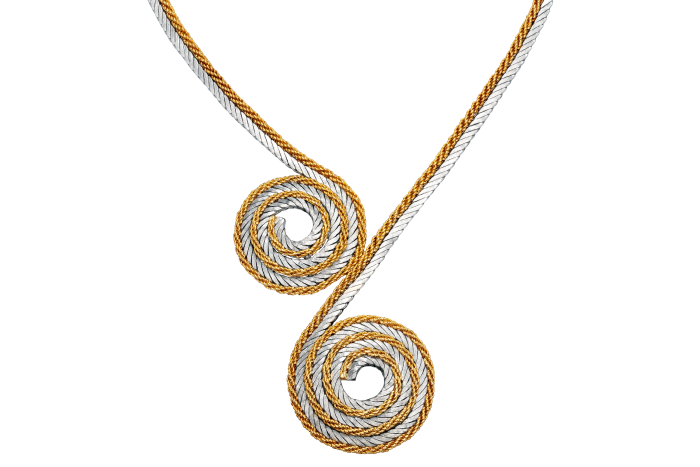
Moreover, as this market is still in the early stages, there is opportunity for brands and retailers to shape demand and stake their claim. This is what Omnēque is poised to do with an offering that is both digital – customers can buy directly online – and highly personalised, with its services ranging from sourcing to bespoke commissions, remodelling, cleaning and repairing. Recent requests through its personal shopping service have included a £50,000 budget for a 50th-birthday present and the replacement of a specific art deco ring that had been lost.

What sets Omnēque apart from many other purveyors in the market is its expert curation and authentication process, provided by Hardy and jewellery writer (and HTSI contributing editor) Vivienne Becker. With a combined experience of more than 70 years, they have an unrivalled knowledge of antique and vintage jewellery, and an extensive network of the best international dealers to call on. “The antique jewellery world is all about relationships and who you know,” says Becker.
That network of jewellery authorities means that every piece available on Omnēque has a trusted provenance. It also means that the brand has unique access to the finest jewellery coming onto the market. Pieces that are highly hush-hush and don’t stay around for long. This will come into its own with Omnēque’s just-launched new concept, the Rarities Collection. Dropping twice yearly, it is a curation of the crème de la crème of jewels, sourced from across the world, discovered via long-distance phone calls and late-night WhatsApps. To keep them out of sight, “unburnt”, these antique and vintage pieces won’t appear on the Omnēque website but will be privately presented to registered clients through a concierge service. “It’s the opposite of red-carpet dressing where people want to go out and buy a necklace that has been seen on a Hollywood star,” says Becker. “The clients we’re talking about absolutely hate that sort of thing.”
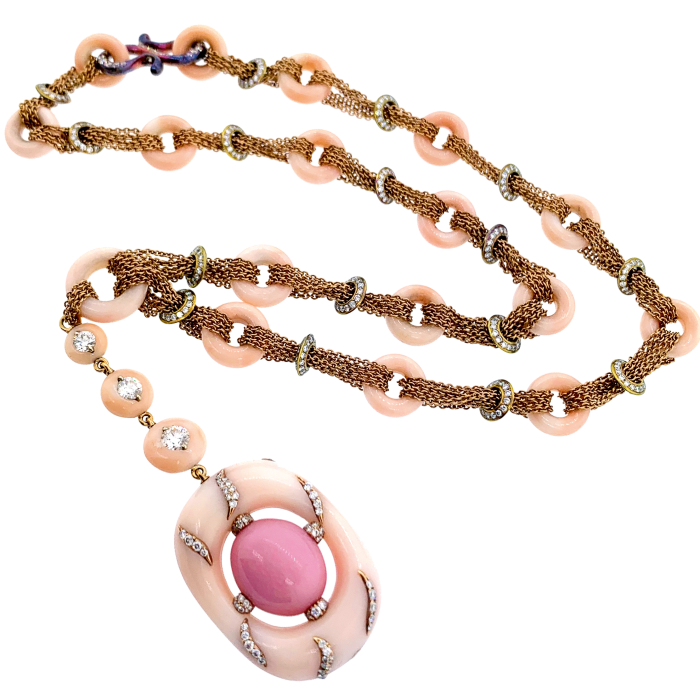
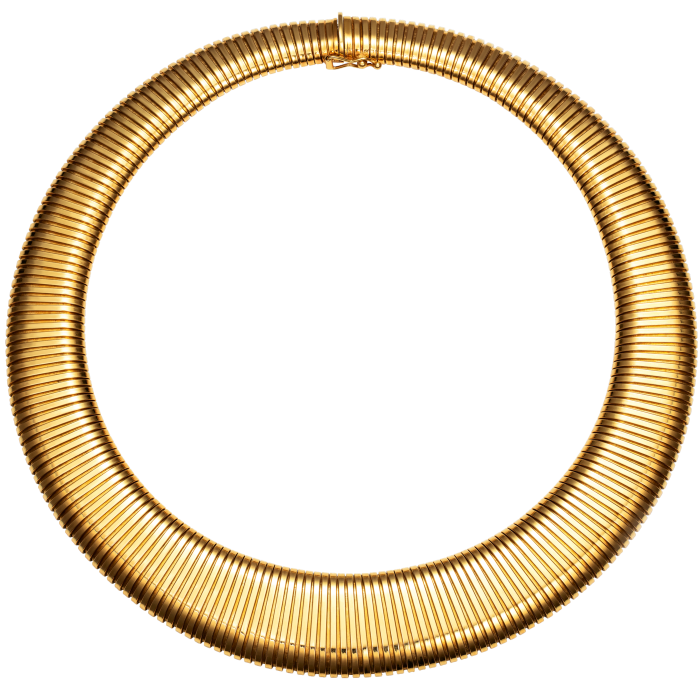
The significant pieces include a full Boucheron suite from the 1960s (“Full suites are almost impossible to find,” says Becker); two rings by JAR (Joel Arthur Rosenthal, the master jeweller who produces less than a hundred pieces each year); a Kunzite agate diamond (£170,000); and a mind-blowing Padparadscha sapphire (£845,000). Art deco is a period in demand at the moment and a diamond cuff from 1935 by Charlton, the New York jeweller, is a showstopper (£235,000). There are also two pieces by Wallace Chan, the Hong Kong-based stone carver turned fine jeweller who in 2015 became famous for creating the most expensive diamond necklace ever made (a $200m piece). “Some of his pieces are coming back on the market now and, yes, they’re very expensive,” says Becker. Omnēque’s finds include a gorgeously plump ruby diamond ring (£655,000) and a conch-pearl necklace (£280,000).
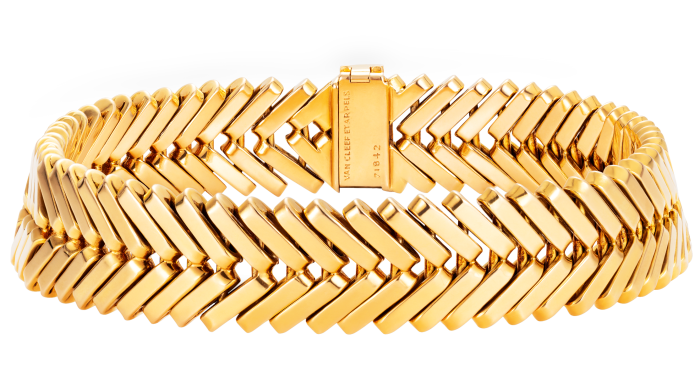
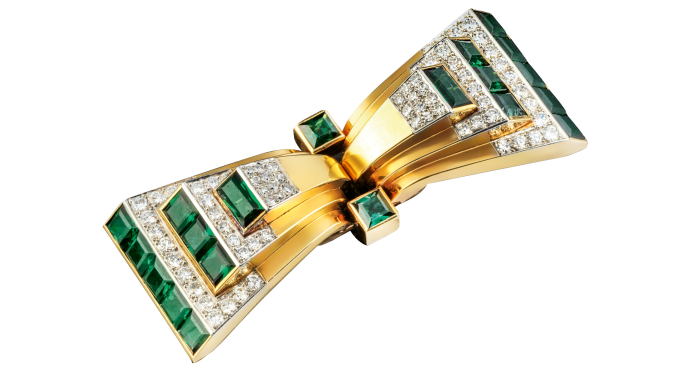
But there are plenty of treasures available to buy directly from the website. Among the most expensive pieces are the art deco ones – Hardy points to a Cartier tourmaline and diamond bow brooch/double clips (£58,000). “It is inspired by an escalator, which at the time was quite the novelty.” The entry-level fine jewellery might include an Elizabeth Gage zodiac band ring from the ’80s – which is less than £2,000. More accessible is the vintage fashion jewellery from the likes of Chanel, Dior and Tom Ford, priced from £125.
“We didn’t want people to look at Omnēque like a museum – that is untouchable, unwearable, unaffordable,” says Becker, “and so that’s our first thing. We are also showing pieces that are reachable, so a wide range of people can afford to buy them.”
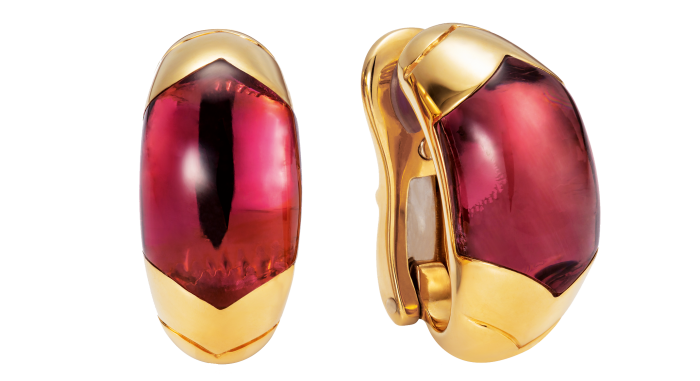
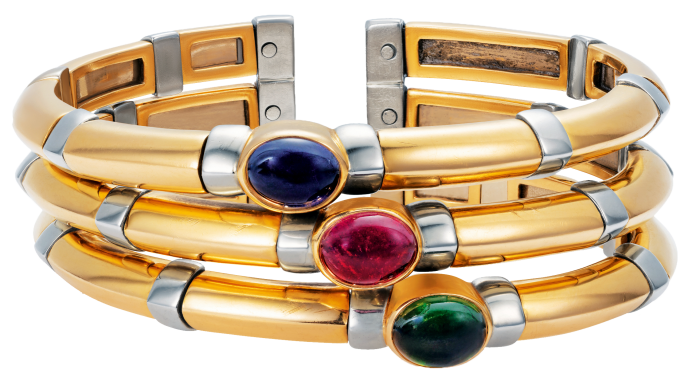
Omnēque also shines a spotlight on contemporary design talent, who can be overlooked in the loud business of big-brand commercial jewellery. Its list includes the designers Emefa Cole, Jacqueline Cullen and Mark Nuell. “They’ve got a really good understanding of what goes into making a piece of jewellery, and they’ve spent years perfecting their craft and are often one-man bands. Mark Nuell, for example, cuts his own sapphires and there are very few people who can design a jewel, make a jewel and cut the stone,” says Hardy. “He was brought up in the outback and his father was a sapphire miner in the ’70s. With all of these people there is a fabulous backstory. The big mass-produced brands are fine, but I want the buyers to know what’s out there, so that they have a real choice of what is available.” Old, new, antique or retro, big brand or tiny independent maker – all jewellery tastes have been accounted for.
Comments